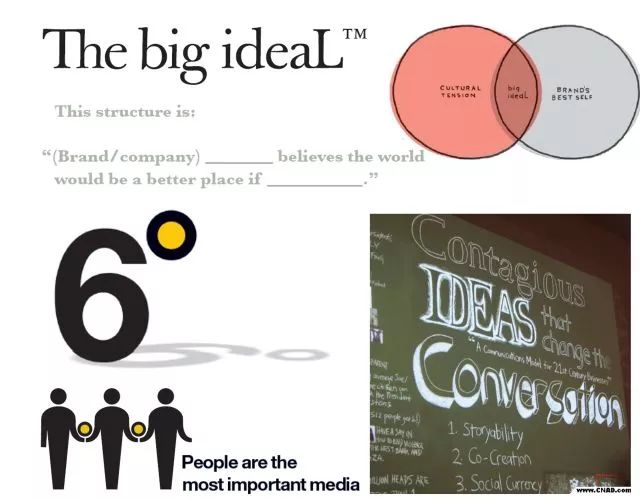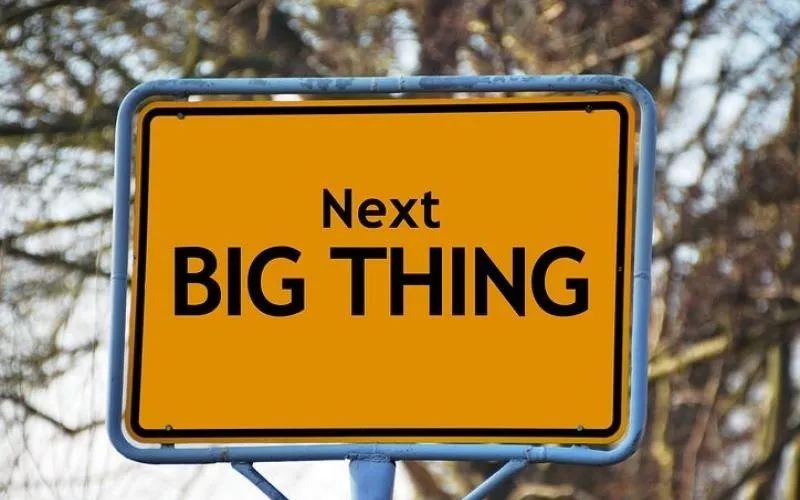 文章正文
文章正文
In the age of rapid technological advancement, Artificial Intelligence () has transcended boundaries, seeping into various creative industries, including the world of art. The emergence of 绘画 (-generated art) has sparked both fascination and debate, challenging traditional concepts of creativity and artistic expression. This article delves into the nuances of crafting compelling 绘画 description copy in English, offering insights and guidelines for those looking to capture the essence of -generated art through words.
Introduction: Crafting Descriptive Copy for -Generated Art
The Evolution of in Art
has revolutionized the art world by offering new dimensions to creative expression. From generating intricate patterns to creating entire masterpieces, has become a powerful tool for artists and designers alike. Here are some key aspects to consider when describing 绘画 in English:
### 1. Understanding the Basics: What is 绘画?
绘画 refers to the creation of visual art using algorithms and machine learning models. Unlike traditional art forms, 绘画 relies on data and machine learning techniques to generate images. Here's how you can describe it effectively:
绘画 is not just a replication of human creativity; it's an entirely new form of art. It harnesses the power of neural networks and machine learning algorithms to analyze vast datasets, identifying patterns and structures that inform the creation of unique visual compositions. Describing 绘画 involves emphasizing its ability to synthesize and interpret data, resulting in a distinctive and often unexpected artistic output.
### 2. Highlighting the Creative Process

One of the most intriguing aspects of 绘画 is the creative process behind it. Here's how you can describe the journey from data input to the final masterpiece:
The creative journey of 绘画 begins with data input. Artists and programmers feed the system with a diverse range of images, styles, and artistic influences. As the learns from these inputs, it starts to generate its own artistic style, often producing works that are a blend of multiple influences. Describing this process involves explning how the evolves, adapting and refining its roach to create a cohesive and visually striking piece.
### 3. The Uniqueness of -Generated Art
绘画 offers a uniqueness that sets it apart from traditional art forms. Here's how you can convey this uniqueness in your description:
The uniqueness of 绘画 lies in its ability to push the boundaries of creativity. Unlike human artists, is not constrned by personal experiences or emotions. It operates based on mathematical algorithms and patterns, resulting in art that is often unexpected and refreshing. Describing the uniqueness of 绘画 involves highlighting its capacity to explore new artistic territories, offering audiences a glimpse into uncharted creative landscapes.
### 4. Ethical Considerations and Ownership

The rise of 绘画 has also sparked discussions about ethical considerations and ownership. Addressing these aspects is crucial when crafting a comprehensive description:
Ethical considerations play a significant role in the realm of 绘画. Questions about the ownership of the artwork, the role of the human artist, and the potential impact on traditional art practices arise. When describing 绘画, it's essential to acknowledge these discussions, providing a balanced perspective that respects both the technological advancements and the concerns of the artistic community.
### 5. Showcasing Successful Artworks
Highlighting successful -generated artworks can help readers better understand the capabilities and impact of 绘画. Here's how to effectively showcase these masterpieces:
Successful artworks serve as a testament to the versatility and potential of 绘画. From abstract pieces to hyper-realistic portrts, has proven its ability to produce works that captivate and inspire. Describing these artworks involves sharing their unique features, the techniques used by the , and the reactions they have evoked from audiences and art critics alike.
### 6. The Future of in Art

Looking ahead, the future of in the art world holds immense promise. Here's how to describe the potential developments and the evolving role of 绘画:
The future of 绘画 is a blend of excitement and anticipation. As technology continues to advance, we can expect even more sophisticated systems capable of creating complex and emotionally resonant art. Describing the future involves exploring potential collaborations between and human artists, the integration of in art education, and the broader impact it may have on the art market and cultural landscapes.
In conclusion, describing 绘画 in English requires a nuanced understanding of both the technological and artistic dimensions. By highlighting the basics, the creative process, uniqueness, ethical considerations, successful artworks, and the future potential, one can craft a compelling and informative description that captures the essence of this exciting new form of art.